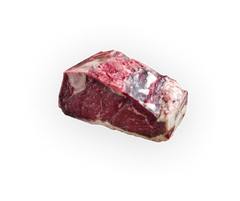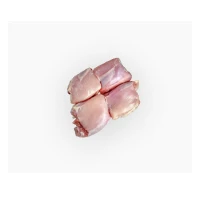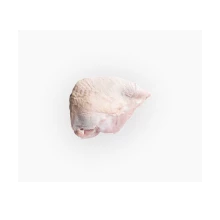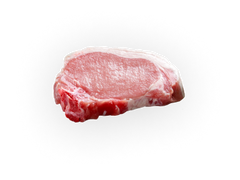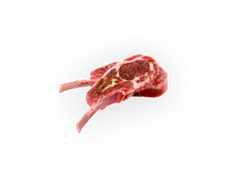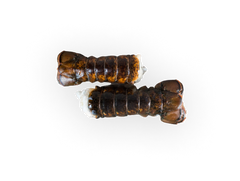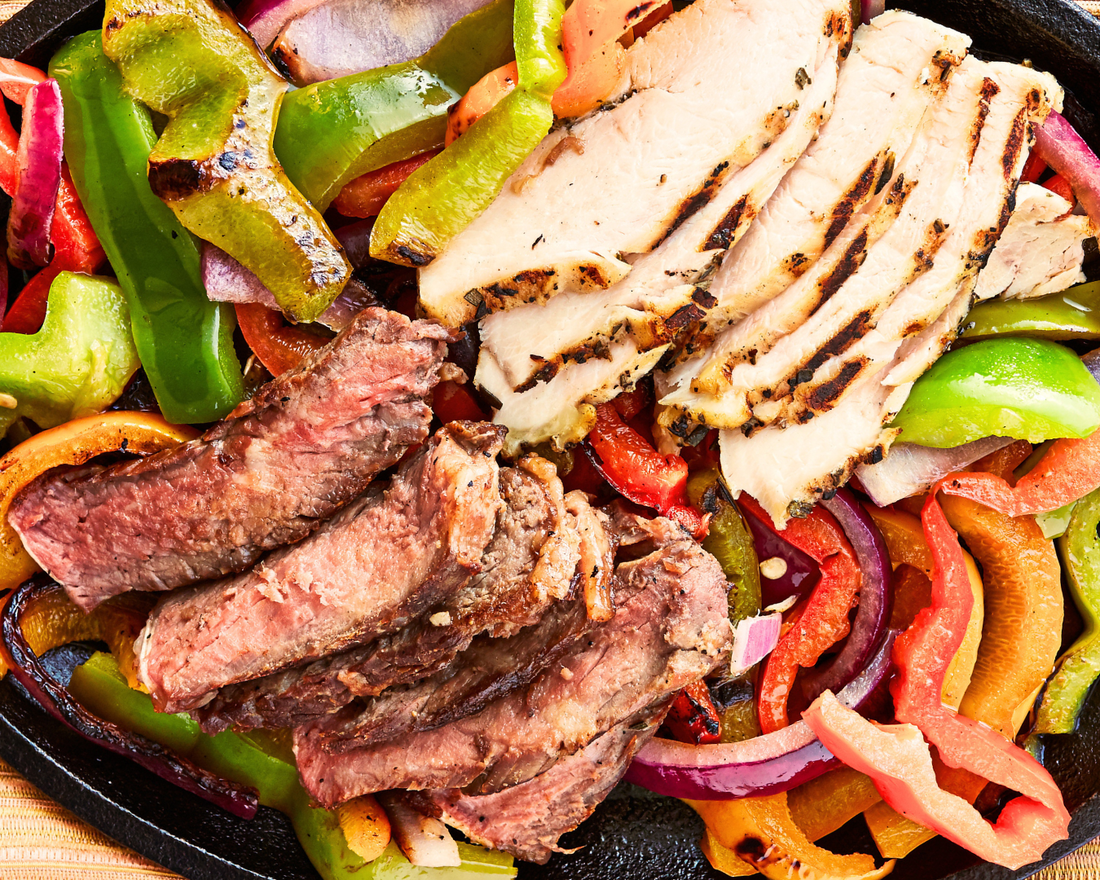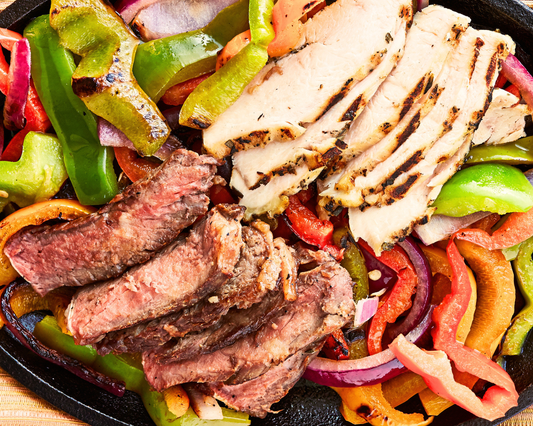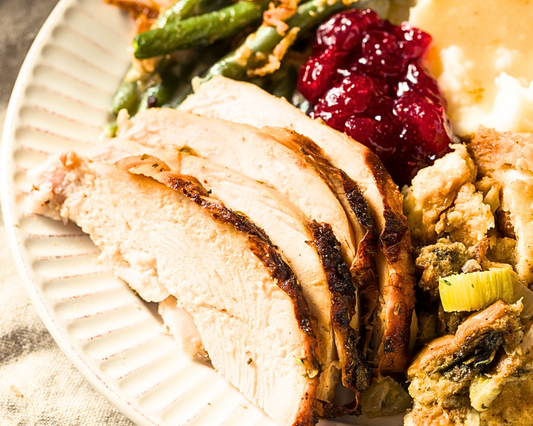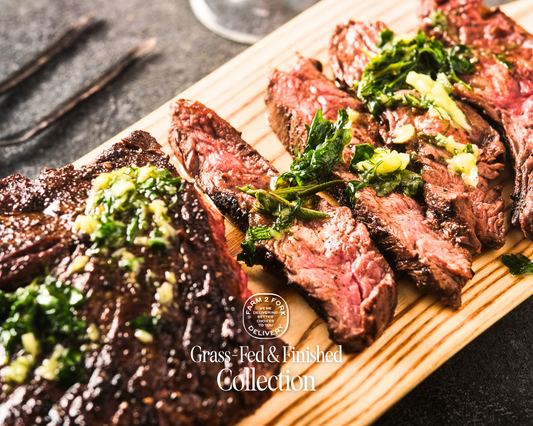When it comes to eating healthy and building strength, protein is the foundation of every meal. Whether you’re a weekend athlete, an active parent, or simply someone who wants to eat clean, the quality of your protein makes a real difference. Two of the most popular options among Canadians today are grass-fed and finished beef, and grain-fed cage-free chicken. Both are nutrient-dense, delicious, and versatile—but their protein profiles and nutritional benefits aren’t exactly the same.
Let’s dive into how these two sources compare, and why choosing ethically raised, high-quality meats can fuel your body better.
The Importance of Protein in a Balanced Diet
Protein does more than just build muscle. It’s a vital macronutrient responsible for repairing tissues, supporting immune function, and producing enzymes and hormones. For most Canadians, protein should make up about 15–25% of daily calories, depending on age, activity level, and health goals.
However, not all protein is created equal. The source matters—not only for your body but also for the environment and animal welfare. Grass-fed beef and cage-free chicken both offer “complete proteins,” meaning they contain all nine essential amino acids your body can’t produce on its own. But their nutritional nuances are worth exploring.
Grass-Fed and Finished Beef: Nature’s Complete Protein
Grass-fed and finished beef is celebrated for its purity and nutrient richness. Unlike conventional grain-fed cattle, grass-fed cows graze naturally on pastures, consuming a diet that aligns with their biology. This results in meat that’s leaner yet richer in key nutrients.
A 100-gram serving of grass-fed beef typically provides around 26 grams of high-quality protein. Beyond protein, it’s a great source of iron, zinc, selenium, and B vitamins—especially vitamin B12, which supports energy metabolism and brain health.
What makes grass-fed beef stand out nutritionally is its omega-3 to omega-6 fatty acid ratio. Grass-fed meat contains significantly higher omega-3s, which help reduce inflammation and support cardiovascular health. It’s also higher in conjugated linoleic acid (CLA), a fatty acid linked to improved immune function and fat metabolism.
In short, grass-fed and finished beef gives you protein that works harder for your body—clean, complete, and packed with essential nutrients.
Grain-Fed Cage-Free Chicken: Lean, Versatile, and Wholesome
Chicken remains Canada’s most popular protein for a reason. It’s lean, affordable, and incredibly versatile in everyday cooking. When sourced from cage-free farms, grain-fed chickens live healthier, less stressful lives, which can impact meat quality and texture.
A 100-gram serving of cooked chicken breast delivers roughly 31 grams of protein, slightly higher than beef on a per-gram basis. Chicken is lower in saturated fat and calories, making it a favourite for those managing cholesterol or aiming for lean muscle gain.
Cage-free grain-fed chicken provides all essential amino acids, and it’s especially rich in leucine, a key amino acid for muscle repair. It also contains B vitamins, phosphorus, and niacin—all vital for converting food into energy and maintaining healthy skin and nerves.
While grain-fed chicken may not have the same omega-3 content as grass-fed beef, it still offers a well-rounded, easily digestible source of protein that fits perfectly into a balanced diet.
Comparing Nutritional Benefits
| Nutrient (per 100g, cooked) | Grass-Fed Beef | Cage-Free Chicken |
|---|---|---|
| Protein | 26g | 31g |
| Calories | ~170 kcal | ~165 kcal |
| Iron | High | Moderate |
| Omega-3 Fatty Acids | Higher | Lower |
| CLA | High | Low |
| Saturated Fat | Moderate | Low |
| B Vitamins | Very High | High |
Both proteins shine in different areas. Grass-fed beef offers richer micronutrients and healthy fats, while cage-free chicken delivers leaner, higher-protein meat with fewer calories. A combination of both can help you balance energy, muscle growth, and overall wellness.
